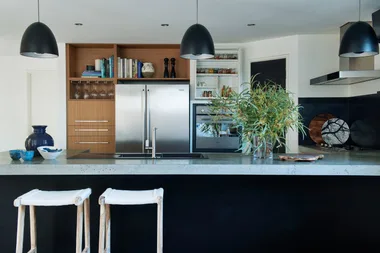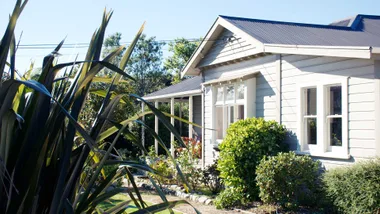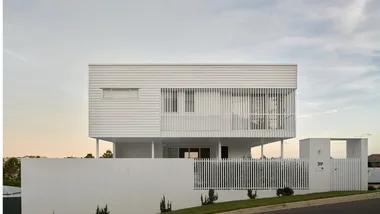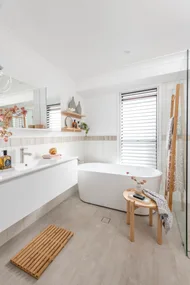Does the brick façade of your home need a lift? Or is there a wall that is crying out for a more contemporary colour?
A coat of paint over bricks can transform your home and modernise dated exteriors. Even tired, old bricks can be easily rejuvenated with paint, as their rough surface yields a textured, natural look. It can also be a clever way to disguise small flaws or cracks in bricks.
The preparation phase is simple but just as important as the process itself – as is selecting a paint that won’t peel, flake or blister.
These three tips will take out the guesswork and make the process a breeze.

1. Choosing a colour
Neutral, dark hues or bright white paint will lend the most longevity to a brick exterior – save bold, statement colours for your front door. Your choice should consider the look of your home, surrounding properties and, of course, your personal style.
It should also consider the undertones of the exterior or wall, as well the existing Colorbond® colours in gutters, fascia, fencing, roofing or windows. Dulux’s colours, for example, can be matched to these fixtures to ensure a seamless aesthetic.
“Select a colour you love and that suits your home’s personality,” says Carissa Fero, Dulux Category Manager – Exterior. “Sample pots are critical when you are selecting your final colour scheme. Seeing the final colours chosen on your home facing the exact aspect for lighting and reflection is the best way to evaluate the colours in situ.”
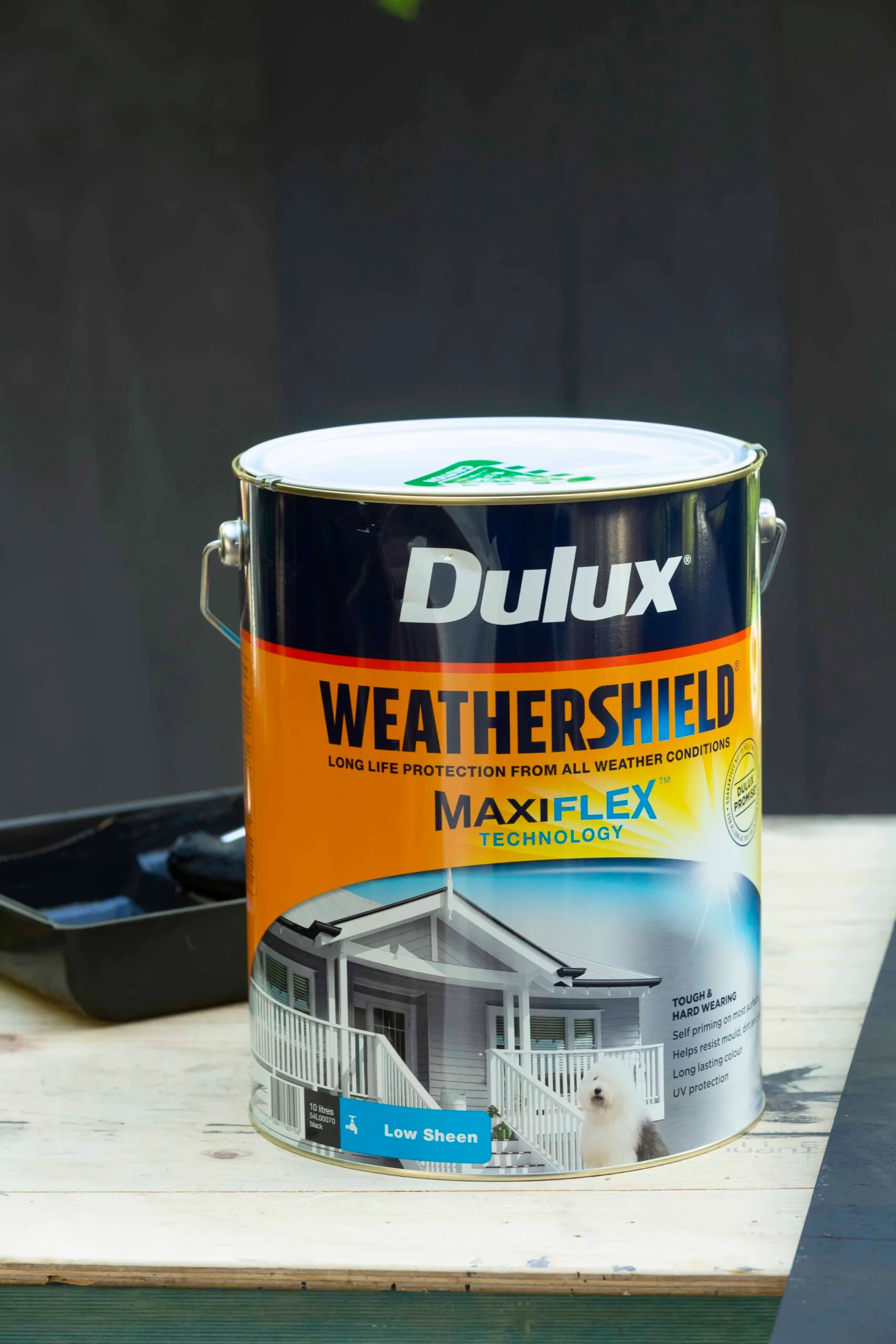
2. Preparing to paint
Brick exteriors require very little preparation, but you should use a wire brush to get rid of loose sand and cement before you paint and fill holes with grouting cement. Once washed down, the exterior is ready.
Dulux Weathershield is, thankfully, a self-priming paint, so you can start the process of transforming your exterior or wall quickly. In Australia’s often extreme and harsh conditions, bricks are known to contract and expand with temperature changes, and Weathershield will be flexible to these changes.
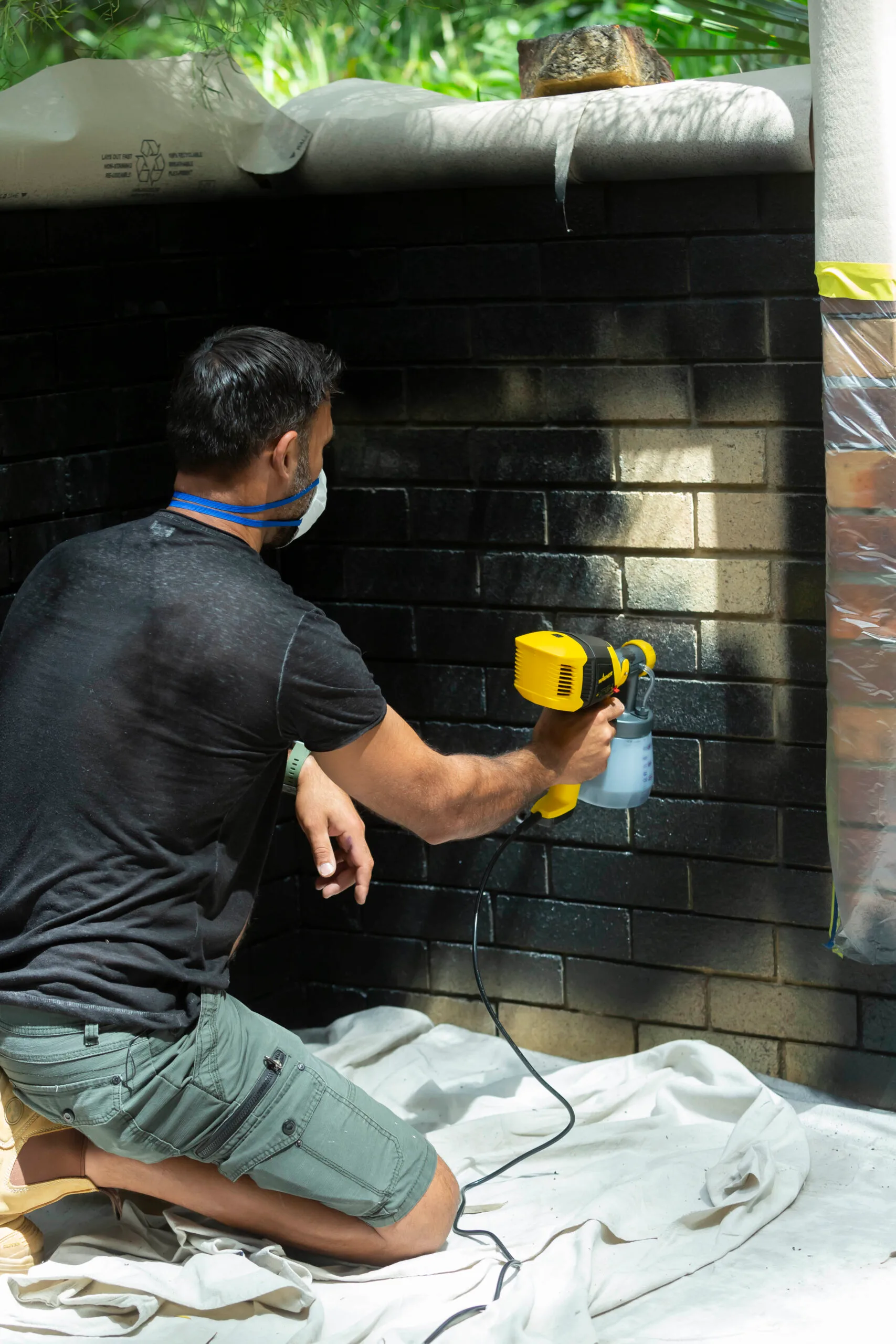
3. Painting
The time it will take you to complete the painting process is, of course, dependent on the size of the exterior, but once you get going, the process is super simple. There are two painting options; brush or spray-on.
Using a spray-on applicator takes a lot of the hard work out of the painting process, and makes it easy to achieve an even layer.
Or, an 18mm nap roller is ideal for rough surfaces such as brick. You’ll also need a medium-sized angled brush to help you get into the grout. Apply two coats, rolling in an ‘M’ like pattern, with a minimum of 2 hours between each.
For how long should it last? “Dulux Weathershield is designed to protect against any peeling flaking and blistering,” says Fero. “It lasts for as long as you live in your house.”
Brought to you by Dulux.

